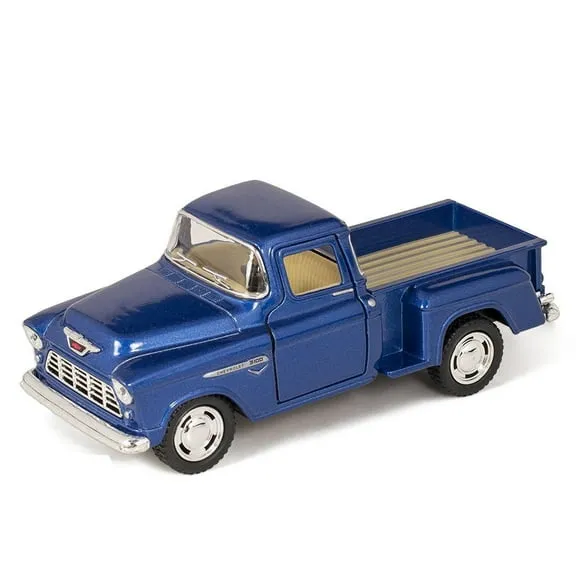The Allure of Diecast Cars
Diecast cars, those miniature marvels, have captivated enthusiasts of all ages for generations. More than just toys, they represent a fascinating intersection of engineering, design, and history. The appeal of diecast cars lies in their intricate detail, the nostalgia they evoke, and the simple joy of collecting. Whether you’re a seasoned collector or just starting out, the world of diecast cars offers a rewarding and engaging hobby. These scaled-down replicas of real-world vehicles provide a tangible link to the automotive world, allowing enthusiasts to appreciate the beauty of classic cars, the innovation of modern designs, and the thrill of owning a piece of automotive history. The combination of detail, history, and collectability makes them a truly unique and enduring passion.
What are Diecast Cars
Diecast cars are miniature vehicles primarily made using the die-casting method. This process involves injecting molten metal, typically zinc alloys, into molds to create highly detailed replicas of automobiles, trucks, and other vehicles. These models are then painted, assembled, and often include intricate features like opening doors, detailed interiors, and realistic tires. The term “diecast” refers to the process of manufacturing these models, but the cars themselves are known for their durability, realistic appearance, and collectible nature. Diecast cars come in various scales, such as 1:18, 1:24, and 1:64, each representing a different proportion of the original vehicle’s size. This wide range of scales allows collectors to build diverse collections and appreciate the nuances of each model.
Materials Used in Diecast Cars
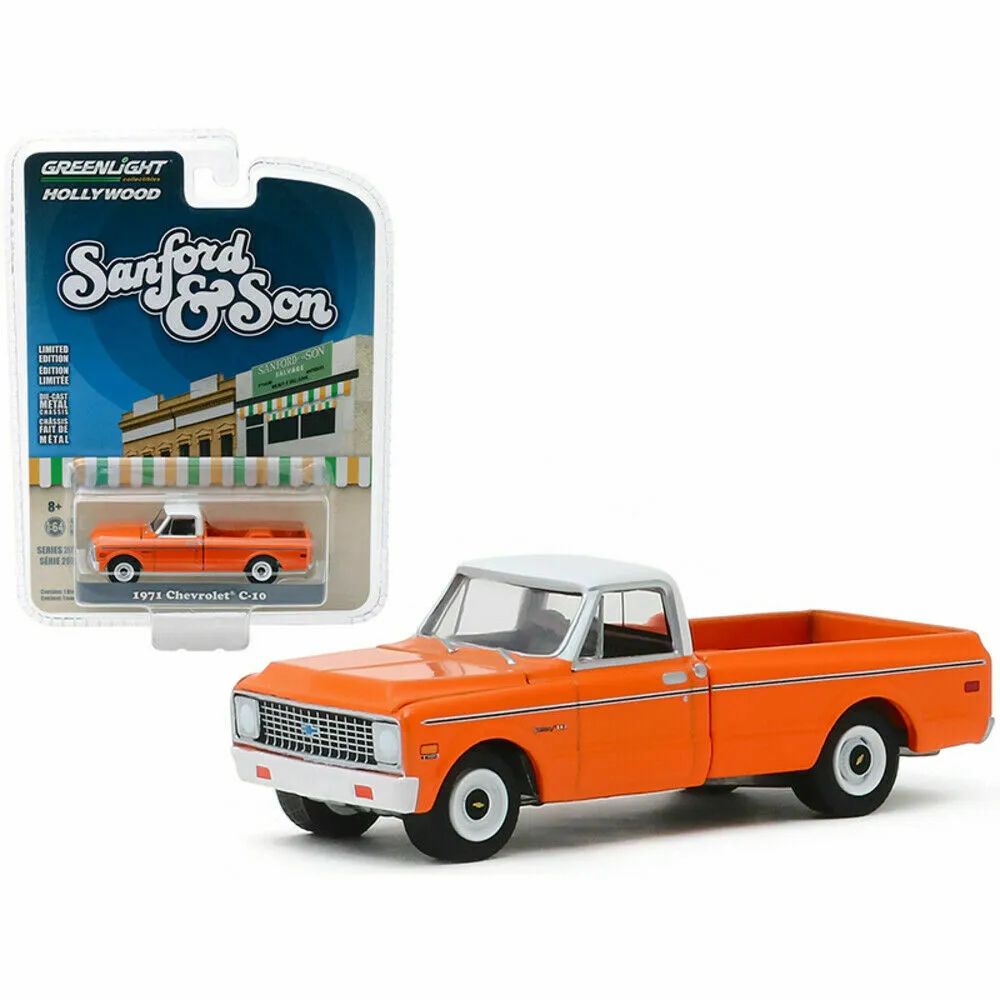
The primary material used in diecast cars is a zinc alloy, often referred to as Zamak, which provides the durability and detail necessary for the intricate designs. This alloy is ideal because it melts at a relatively low temperature, making the die-casting process efficient and allowing for the fine details. Other materials used include plastic for parts like the interior, tires, and sometimes the chassis. Rubber or plastic is also used for the tires to provide realistic textures and rolling functionality. Glass or clear plastic is often used for the windows and headlights. Paint is a crucial element, and high-quality paints are used to achieve realistic colors and finishes. Different types of paint are used to achieve matte, metallic, and gloss finishes, enhancing the overall look and feel of the models. (diecast-car-materials)
The History of Diecast Cars
The history of diecast cars dates back to the early 20th century, with the first models appearing in the 1900s. These early diecast models were primarily used as toys, but they quickly evolved into sophisticated collectibles. During World War II, the demand for diecast toys increased significantly, leading to advancements in manufacturing techniques. After the war, diecast cars became even more popular, with various manufacturers emerging to produce a wide range of models. Companies like Dinky Toys, Corgi Toys, and Matchbox became household names. The 1950s and 1960s marked a golden age for diecast cars, with the introduction of detailed models and innovative features. Today, diecast cars continue to evolve, with modern manufacturing techniques enabling even greater detail and realism, ensuring their continued appeal to collectors worldwide.
Top 7 Facts About Collecting Diecast Cars
Fact 1 The Scale Factor
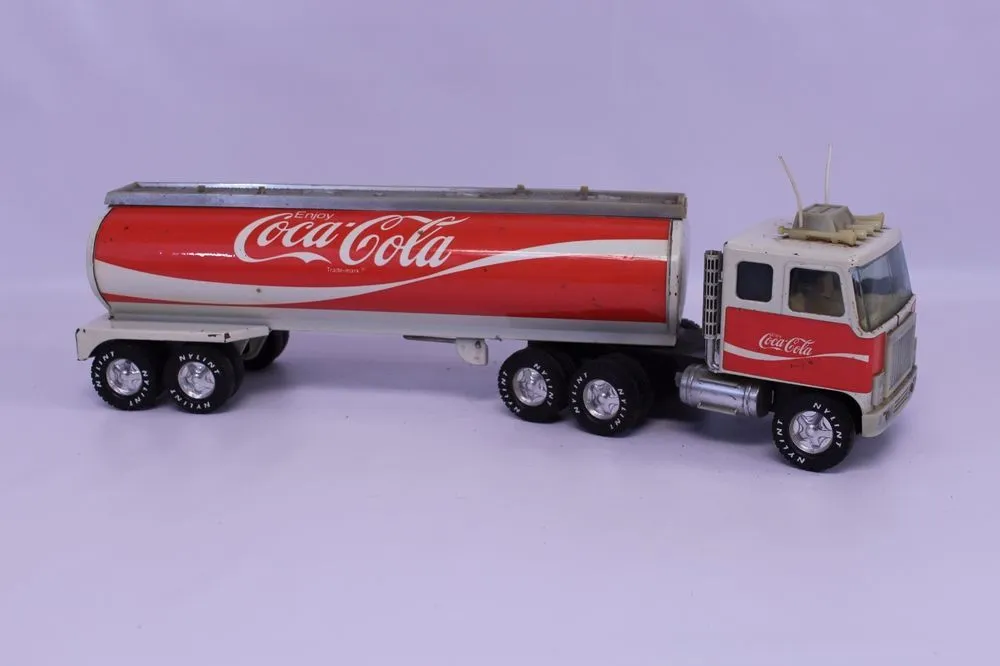
Diecast cars come in various scales, with the most common being 1:18, 1:24, 1:43, and 1:64. The scale determines the size of the model relative to the real vehicle. For example, a 1:18 scale model is 1/18th the size of the original car. Each scale has its own appeal; 1:18 models are larger and offer incredible detail, making them popular for serious collectors. 1:24 models offer a good balance of detail and size, while 1:43 and 1:64 scales are compact, allowing for a broader collection in a limited space. Understanding scales is essential for organizing your collection and choosing models that fit your display preferences. The scale also influences the price, detail level, and availability of various models. (diecast-car-scale)
Fact 2 Rarity and Value
The value of a diecast car is significantly influenced by its rarity. Limited edition models, those with a low production run, or those from a specific manufacturer are highly sought after by collectors. Older models, particularly those in excellent condition, can command a premium. Rarity is determined by factors such as the model’s production numbers, the original market it was sold in, and the current demand. Some models are extremely rare due to manufacturing errors or the use of unique materials. The condition of the model also plays a crucial role; a mint-in-box model will fetch a higher price than a model with damage. Collectors should research the history and production details of a model to assess its potential value. (rare-diecast-car)
Fact 3 Iconic Models
Certain diecast models have achieved iconic status, representing significant moments in automotive history. These models often depict classic cars, race cars, and popular vehicles that have left a lasting impression on the public. Examples include the Ford Mustang, the Chevrolet Corvette, and various models from renowned brands such as Ferrari and Porsche. The popularity of these models transcends generations, making them highly collectible. Iconic models often have detailed features, accurate paint jobs, and historical significance, which increase their value and appeal. These models are essential for any serious collector and are often displayed prominently in collections. Identifying and collecting these iconic models is a cornerstone of the diecast car hobby.
Fact 4 The Detailing

The level of detail in diecast cars is a critical factor in their appeal and value. Modern diecast cars boast incredible detail, including accurately replicated engine compartments, detailed interiors with realistic dashboards and seats, and authentic exterior features like working headlights and opening doors. The quality of the paint finish, the accuracy of the decals, and the use of photo-etched parts all contribute to the overall realism of the model. Collectors often appreciate models with intricate details like finely crafted wheels, detailed undercarriages, and realistic tires. The attention to detail showcases the manufacturer’s skill and dedication, transforming these miniature vehicles into works of art. Collectors often compare the detailing of various models to determine their value and appeal. (diecast-car-detailing)
Fact 5 Brands and Manufacturers
Numerous brands and manufacturers produce diecast cars, each with its own reputation for quality and detail. Some of the most respected brands include Hot Wheels, Matchbox, Autoart, Minichamps, and CMC. These brands have established a strong reputation for producing high-quality models that appeal to serious collectors. The brand often influences the value and desirability of a diecast car. Collectors often specialize in collecting models from specific brands, focusing on the brand’s history, design, and manufacturing quality. The availability of models from a particular brand also varies, with some brands focusing on specific car types, scales, or eras. Exploring different brands is a key aspect of building a diverse and comprehensive diecast car collection.
Fact 6 Collecting Communities
The diecast car hobby fosters a vibrant community of enthusiasts who share a passion for collecting. Collectors connect through online forums, social media groups, and local clubs to share their collections, discuss models, and trade cars. Diecast car shows and events are popular gatherings where collectors can buy, sell, and admire models. These events often feature displays of rare and unique models, as well as competitions and auctions. Participating in collecting communities provides a great opportunity to learn from experienced collectors, expand your knowledge, and build lasting friendships. The community aspect enhances the enjoyment of the hobby and offers support and guidance to both new and seasoned collectors.
Fact 7 Investment Potential
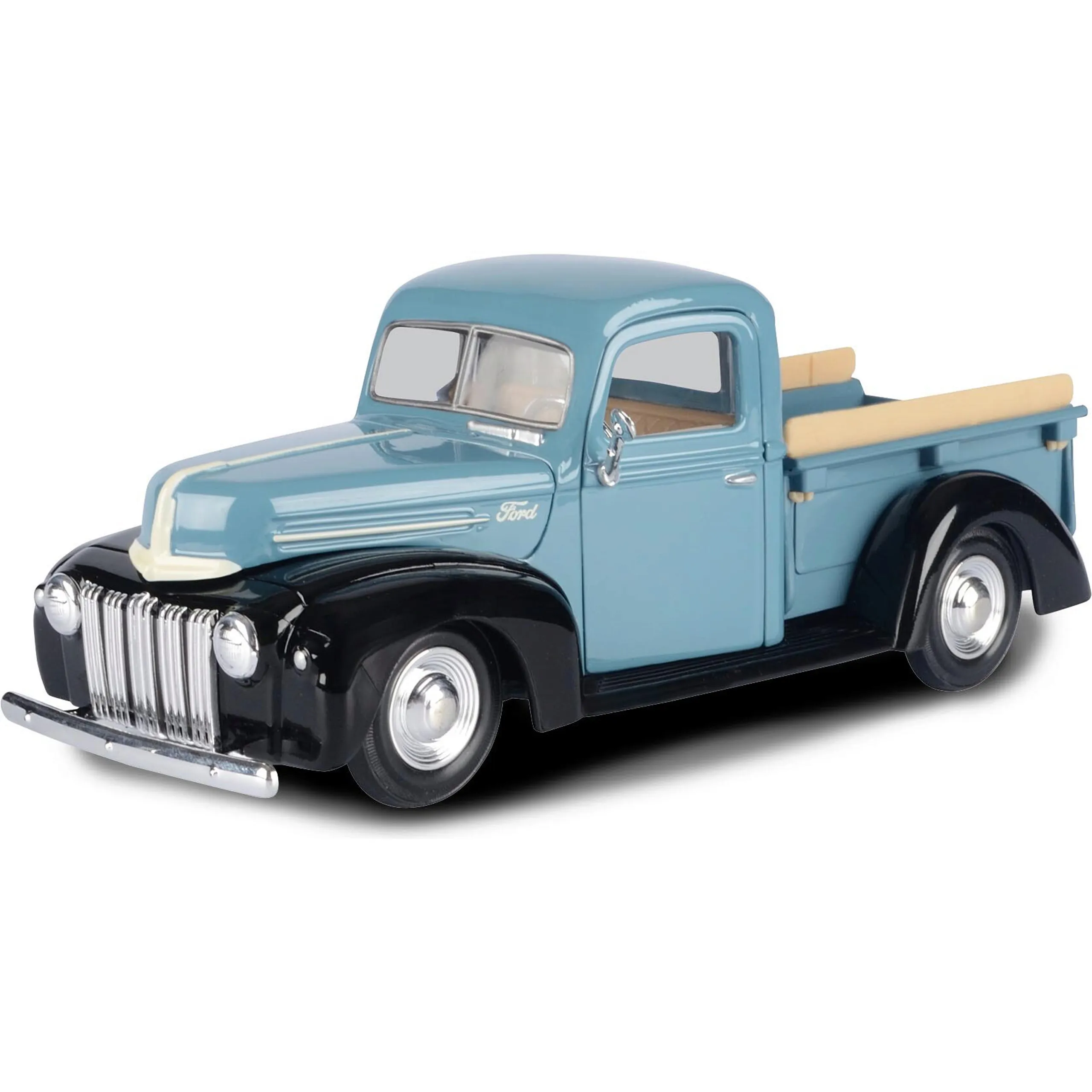
Diecast cars can be an investment, with the value of certain models appreciating over time. The investment potential depends on several factors, including the model’s rarity, condition, and historical significance. Limited edition models, particularly those in mint condition, are more likely to increase in value. Researching the market and staying informed about current trends is essential for making informed investment decisions. Collectors who carefully select and care for their models often see a return on their investment. The market for diecast cars is influenced by economic conditions, collector interest, and the availability of specific models. It’s important to approach diecast car collecting as an investment with a long-term perspective.
Caring for Your Collection
Storage and Display
Proper storage and display are crucial for protecting your diecast car collection and preserving its value. Store your models in a cool, dry place away from direct sunlight and extreme temperatures. Sunlight can fade the paint and damage the model’s materials. Consider using display cases or shelves to protect your models from dust and accidental damage. Display cases also enhance the aesthetic appeal of your collection and allow you to showcase your prized models. Ensure the display area is not exposed to excessive humidity, which can cause rust and corrosion. Regularly inspect your collection for signs of damage and take steps to address any issues promptly. (diecast-car-display)
Cleaning and Maintenance
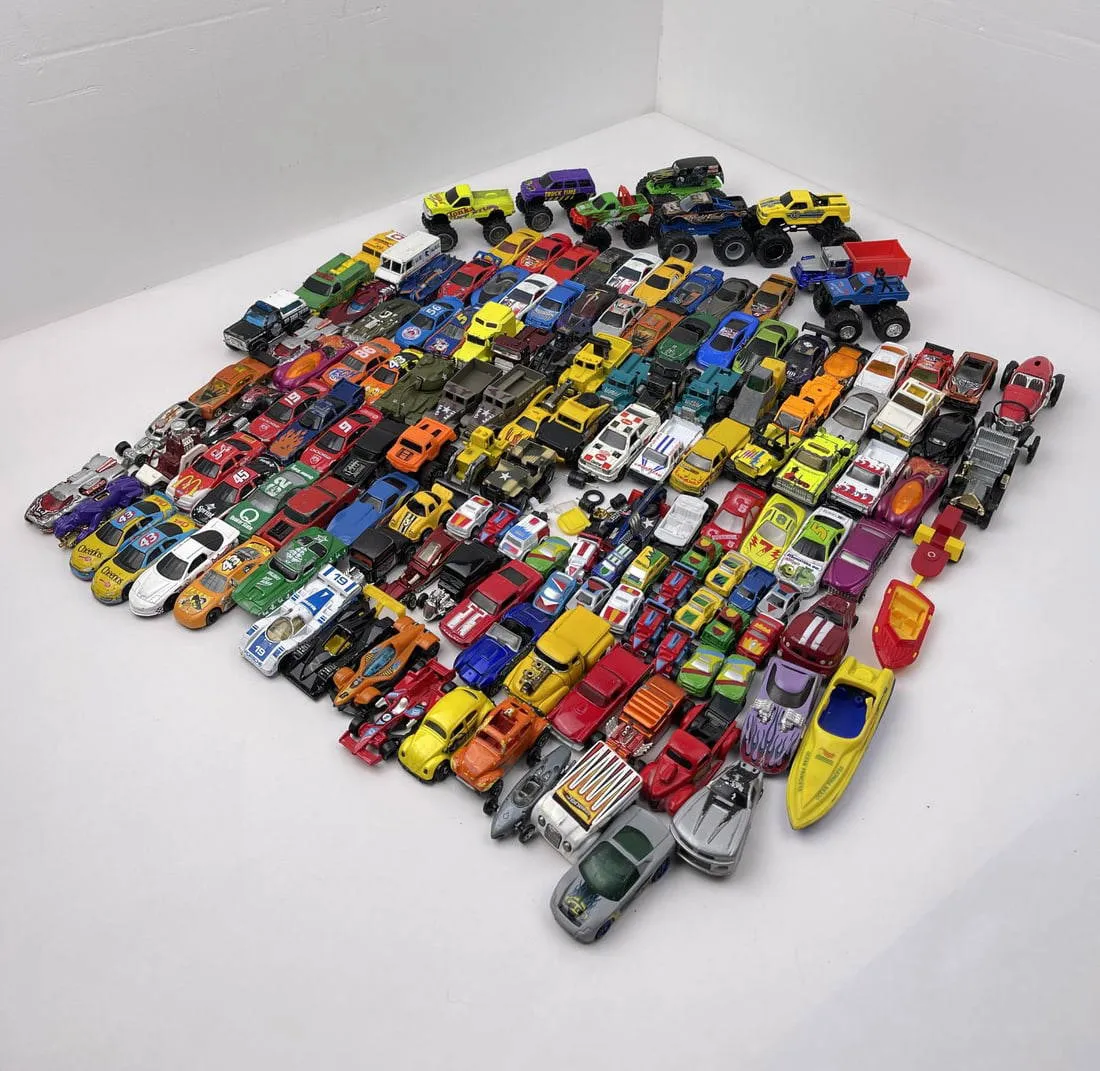
Regular cleaning and maintenance help keep your diecast cars in excellent condition. Use a soft cloth or a specialized brush to gently remove dust and dirt. Avoid using harsh chemicals or abrasive cleaners, which can damage the paint and other materials. For more stubborn dirt, use a mild soap solution and a soft cloth. Be careful to avoid getting water inside the model. Regularly check for any loose parts and make any necessary repairs. Lubricating moving parts, such as wheels and opening doors, can help maintain functionality. Handle your models with care and avoid touching them excessively to prevent fingerprints and oil from damaging the paint. Proper cleaning and maintenance will help preserve your collection’s beauty and value.
Where to Find Diecast Cars
Online Marketplaces
Online marketplaces offer a vast selection of diecast cars, making it easy to find models from around the world. Websites like eBay, Amazon, and specialized diecast car retailers provide access to a wide range of models, including new releases, vintage models, and rare finds. When buying online, always check the seller’s reputation and carefully review the product description and photos. Pay attention to the condition of the model and any potential damage. Compare prices from different sellers to ensure you’re getting a good deal. Many online marketplaces also offer buyer protection, which can provide peace of mind. Online platforms also allow you to connect with collectors and expand your network. (diecast-car-marketplace)
Specialty Shops and Shows
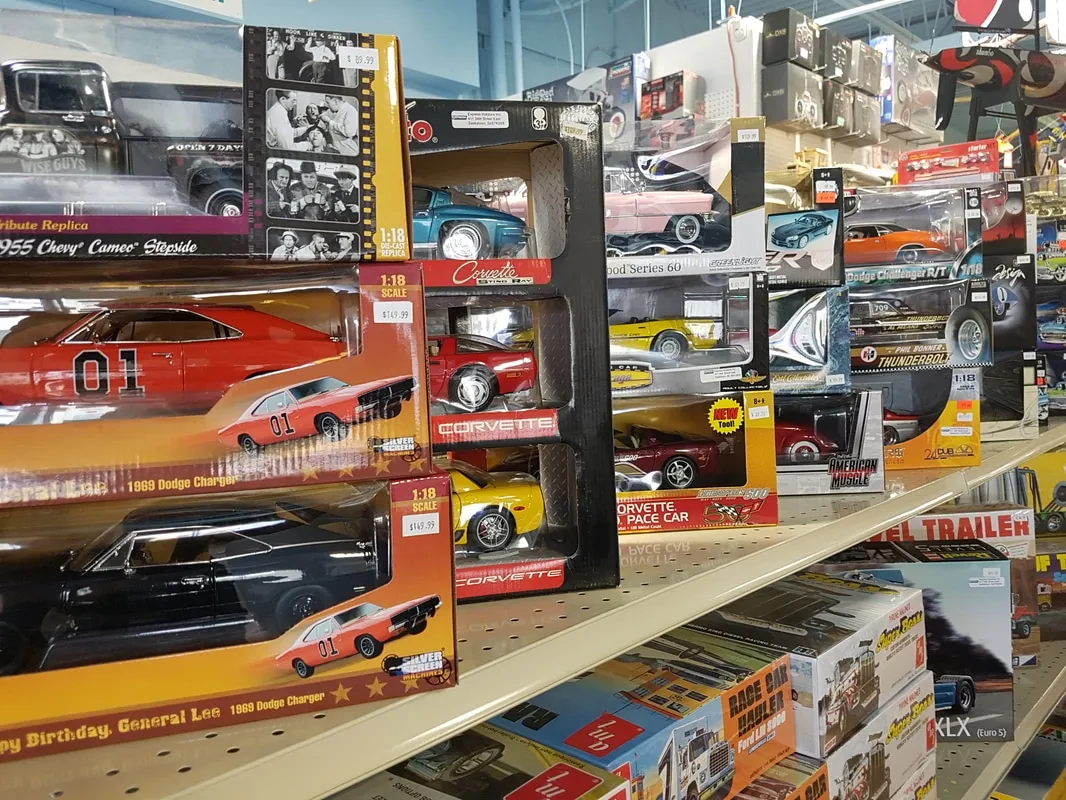
Specialty shops and diecast car shows provide unique opportunities to discover and purchase diecast cars. Specialty shops often have a curated selection of models, including rare and hard-to-find items. The staff can offer expert advice and help you find models that suit your interests. Diecast car shows are events where collectors and dealers gather to buy, sell, and trade models. These shows offer a fantastic opportunity to see a wide variety of models and connect with other enthusiasts. Attending these events can be a rewarding experience, allowing you to explore your passion and find valuable additions to your collection. Checking local event listings can help you find car shows in your area.
Conclusion
Collecting diecast cars is a rewarding hobby that combines history, design, and the joy of ownership. From understanding the manufacturing processes and scales to exploring various brands and models, the world of diecast cars offers a rich experience. The key is to start, learn, and enjoy the journey. Remember the importance of proper care and exploring diverse channels for acquiring models. Whether you are seeking investment opportunities or simply the pleasure of a great hobby, diecast car collecting is a fascinating passion that can bring years of enjoyment. So, start your collection today and experience the thrill of this enduring hobby.
